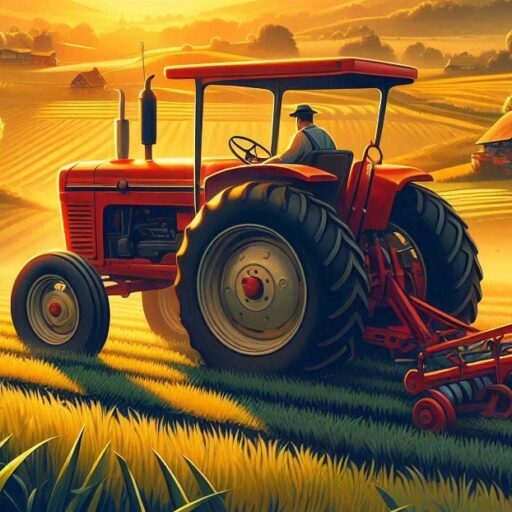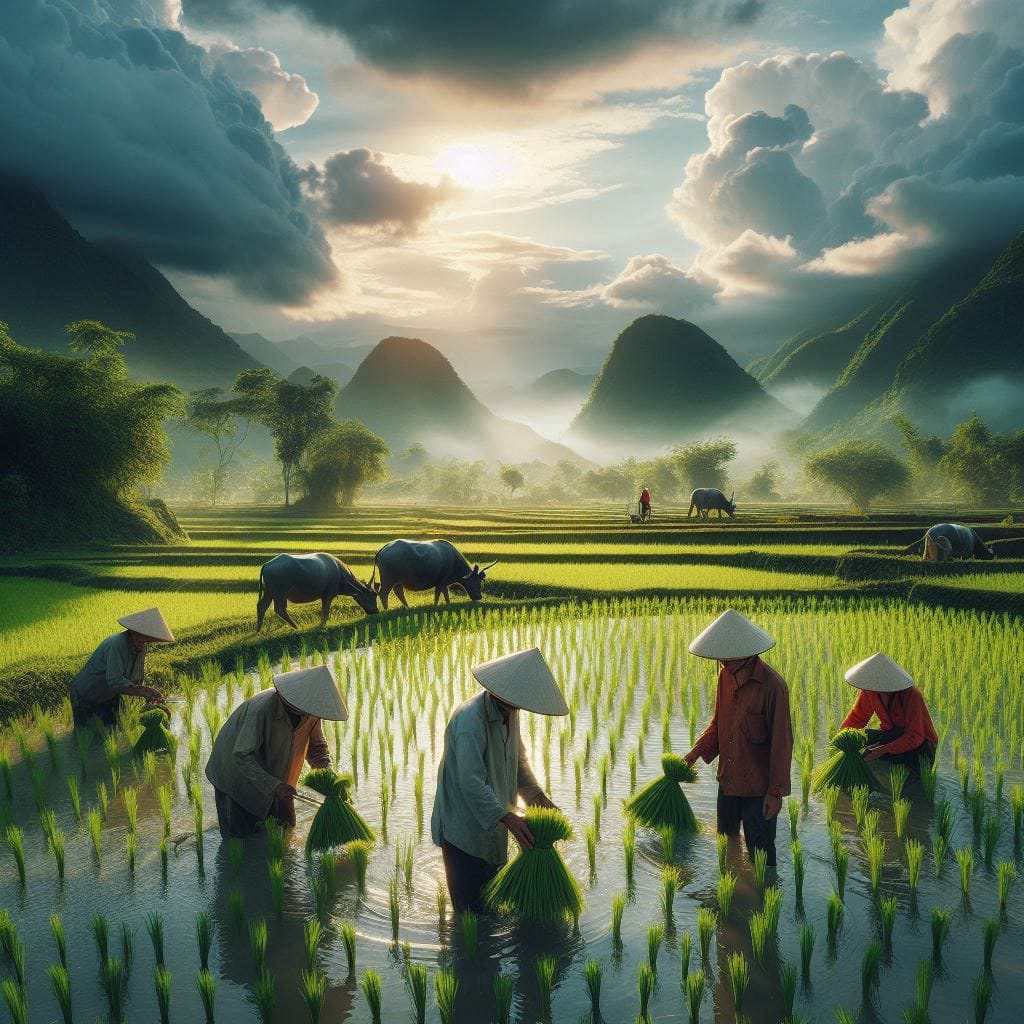Agriculture Informatics – BSc Agriculture is an undergraduate four years program divided into eight semesters focused on the science and practice of farming and crop production. It covers a range of topics including soil science, plant biology, pest management, and agricultural economics. This degree prepares students for careers in farming, agribusiness, research, and environmental management, combining theoretical knowledge with practical skills to address global food security and sustainable agricultural practices.
| Agriculture Informatics | Download |
BSc Agriculture 1st Semester Notes Download
BSc Agriculture Second Semester Notes Download
BSc Agriculture 3rd semester Notes Download
BSc Agriculture 4th semester Notes Download
BSc Agriculture 5th semester Notes Download
Agricultural Informatics syllabus
Theory
Introduction to Computers, Anatomy of Computers, Memory Concepts, Units of Memory, Operating System, definition and types, Applications of MS-Office for creating, Editing
and Formatting a document, Data presentation, tabulation and graph creation, statistical analysis, mathematical expressions, Database, concepts and types, creating database,
uses of DBMS in Agriculture, Internet and World Wide Web (WWW), Concepts and components.
Computer Programming, General Concepts, Introduction to Visual Basic, Java, Fortran, C/ C++, etc, concepts and standard input/output operations.
e-Agriculture, concepts, design and development. Application of innovative ways to use information and communication technologies (IT) in Agriculture. Computer Models in
Agriculture: statistical, weather analysis and crop simulation models, concepts, structure, inputs-outputs files, limitation, advantages and application of models for
understanding plant processes, sensitivity, verification, calibration and validation. IT application for computation of water and nutrient requirement of crops, Computer-controlled
devices (automated systems) for Agri-input management, Smartphone mobile apps in Agriculture for farm advises, market price, postharvest management etc; Geospatial
technology, concepts, techniques, components and uses for generating valuable agri-information. Decision support systems, concepts, components and applications in
Agriculture, Agriculture Expert System, Soil Information Systems etc for supporting Farm decisions. Preparation of contingent crop-planning and crop calendars using IT tools.
Practical
Study of Computer Components, accessories, practice of important DOS Commands. Introduction of different operating systems such as windows, Unix/ Linux, Creating, Files &
Folders, File Management. Use of MS-WORD and MS Power-point for creating, editing and presenting a scientific Document. MS-EXCEL – Creating a spreadsheet, use of
statistical tools, writing expressions, creating graphs, analysis of scientific data, handling macros. MS-ACCESS: Creating Database, preparing queries and reports, demonstration
of Agri-information system. Introduction to World Wide Web (WWW) and its components. Introduction of programming languages such as Visual Basic, Java, Fortran, C, C++.
Hands on practice on Crop Simulation Models (CSM), DSSAT/Crop-Info/CropSyst/ Wofost. Preparation of Inputs file for CSM and study of model outputs, computation of water
and nutrient requirements of crop using CSM and IT tools. Use of smart phones and other devices in agro-advisory and dissemination of market information. Introduction of
Geospatial Technology, for generating information important for Agriculture. Hands on practice on preparation of Decision Support System. Preparation of contingent crop
planning.





![[PDF] BSc Agriculture Notes PDF Download All Semester](https://eagronomy.com/wp-content/uploads/2024/09/AddText_09-23-09.36.51.jpg)
![[PDF] BSc Agriculture Second Semester Notes Download](https://eagronomy.com/wp-content/uploads/2024/09/AddText_09-23-09.26.04.jpg)
![[PDF] BSc Agriculture 3rd semester Notes Download](https://eagronomy.com/wp-content/uploads/2024/09/AddText_09-23-09.27.27.jpg)